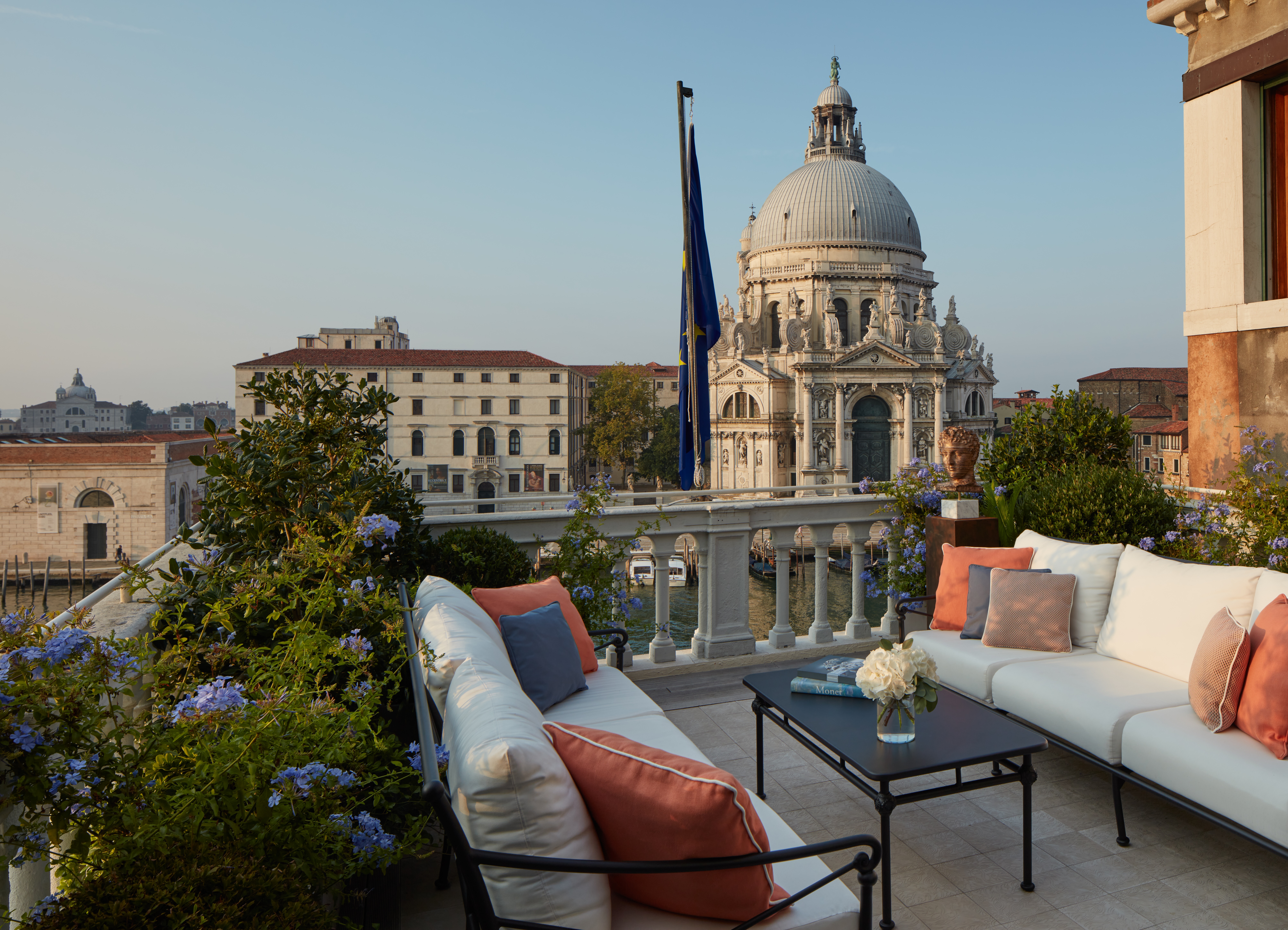
View of Santa Maria della Salute from a Terrace Grand Canal Suite
At the centre of Venice, looking over the canal and Santa Maria della Salute, there could not be a better place to stay on the final leg of your Grand Tour. A LUX editor recounts the ancient art, gondolas, and Bellinis of his recent stay at the Venetian-style palace of St Regis Hotel
As we settled down in the boat with a glass of Prosecco each, the outlying islands and churches of Venice started to waft past us. Then the landmarks start coming into view. For the last few minutes of the airport transfer, the boat slid through the little canals in the centre of the city and then emerged to drift past St Mark’s Square and the Doges’ Palace. Soon afterwards, we moored in front of a grand building and disembarked next to a terrace on the Grand Canal dotted with glamorous couples sipping Bellinis.
Follow LUX on Instagram: @luxthemagazine
Welcome to the St Regis Venice. Perhaps less known than some of its neighbours, it has the most spectacular arrival imaginable. And it goes on from there. Down the marble corridor we walked, through art-filled rooms that make the hotel a contemporary-art museum in itself – we particularly liked the whimsical works by Austrian sculptor Erwin Wurm. This is a place you could linger in without feeling the need to see any of the other artistic treasures around the city (although that would be a shame).
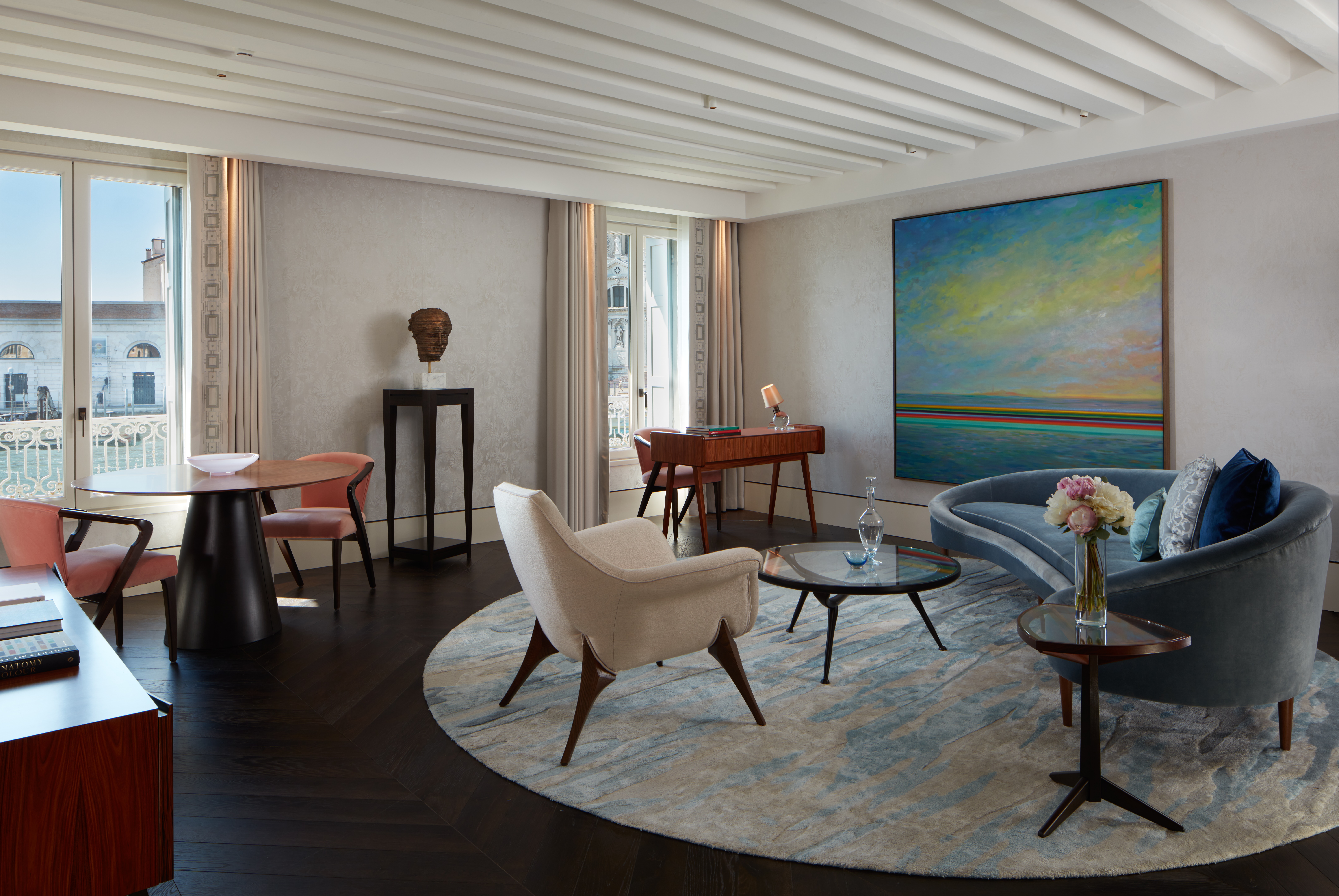
The Monet Suite, with its Grand Canal view
Our suite looked out over the Grand Canal and across to the Basilica of Santa Maria della Salute opposite, at the point at which the neighbouring island falls away into the lagoon. We could watch gondolas float along as well as the boats carrying out the daily business of Venice – tourism and sightseeing and deliveries. To the right, the Grand Canal curved away.
Read more: The intimate grandeur of the Grand-Hôtel du Cap-Ferrat
Even more immersive than our suite (which also featured a cocktail bar full of ingredients prepared in-house for us to pair with the supplied organic Prosecco) was the hotel’s breakfast terrace. Here you sit outside, centimetres from the water, having selected from a buffet adorned with fruits and very precisely cooked local specialities, and try to resist a first Bellini of the day, as the Venice world passes by on the water.
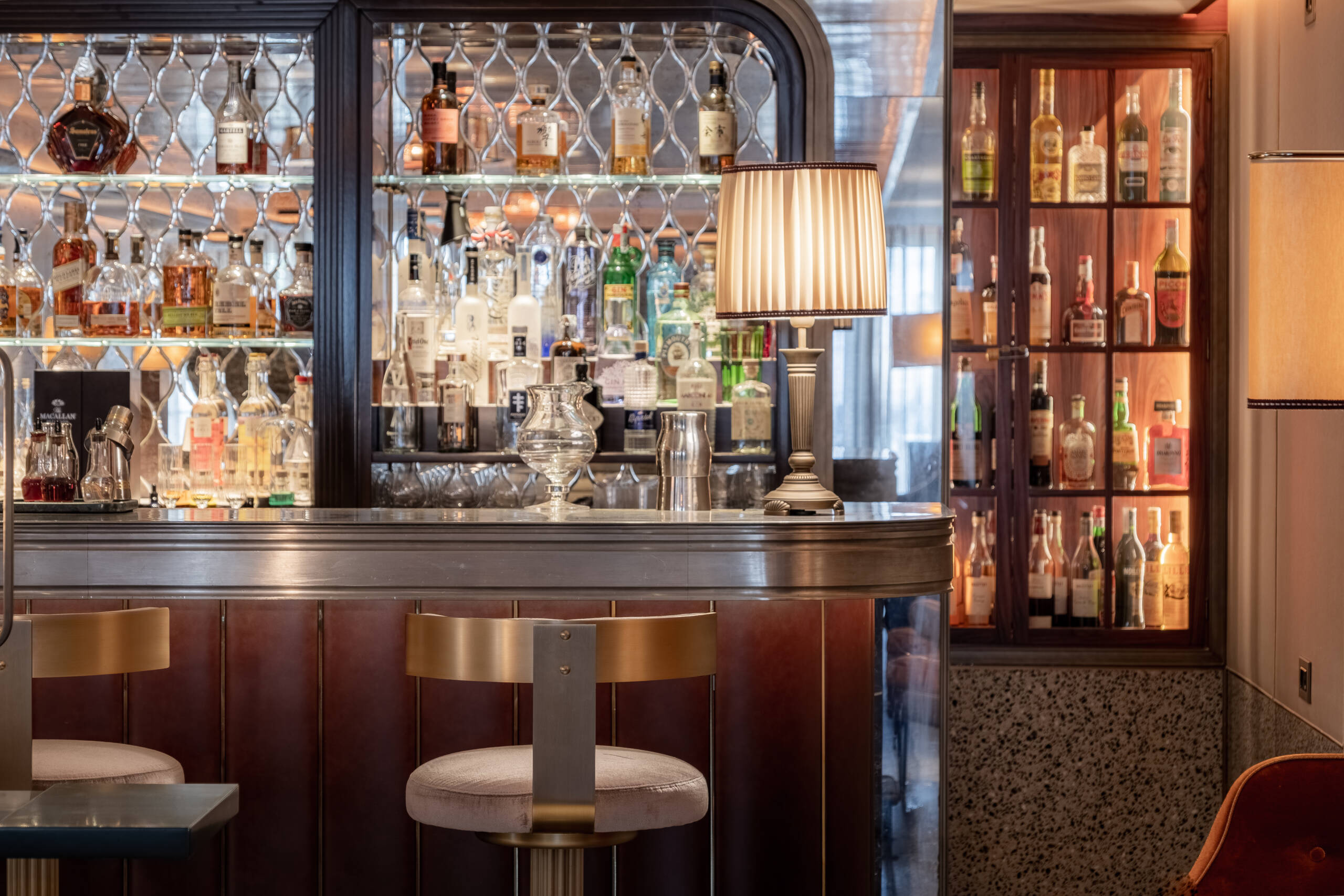
A seat at the luxury St Regis Bar
St Regis may be known for its palatial luxury hotels elsewhere in the world, but this is a Venetian-style palace, a bijou incorporation of ancient buildings fused with stunning contemporary art and design in the best location in Venice. We would not stay anywhere else.



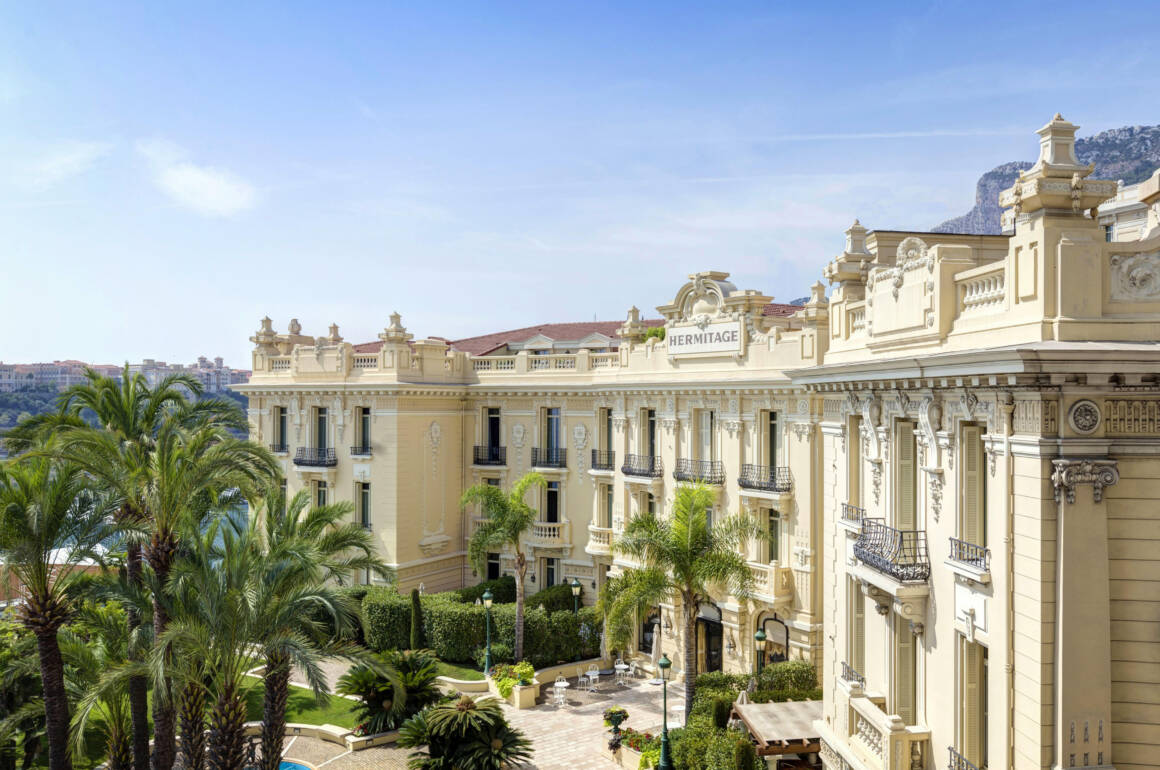

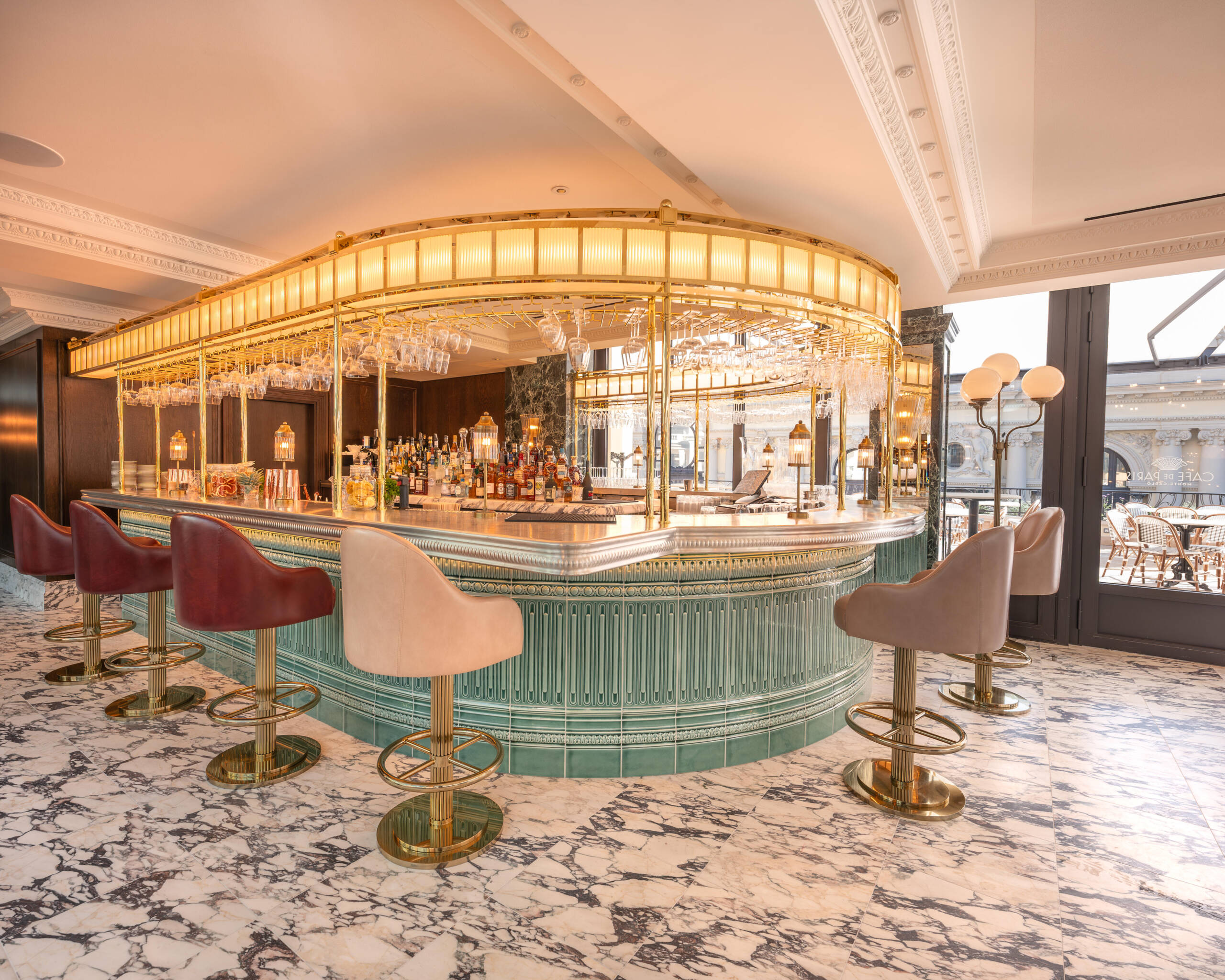

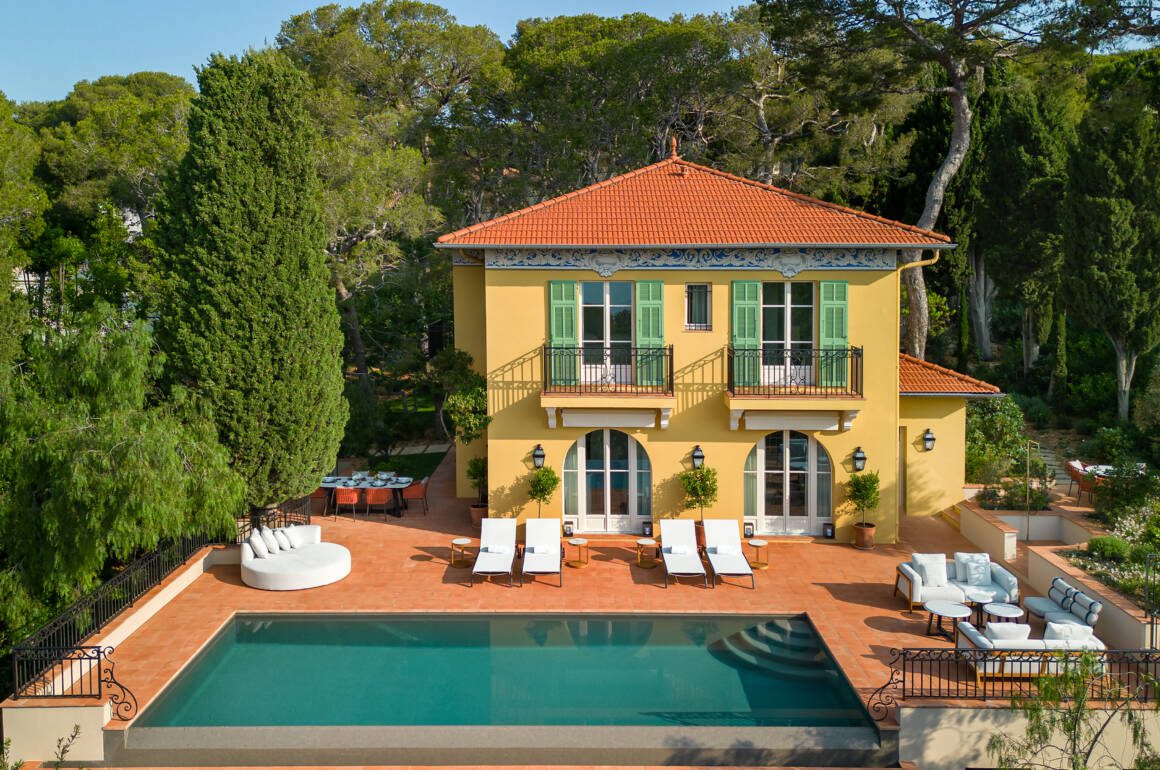

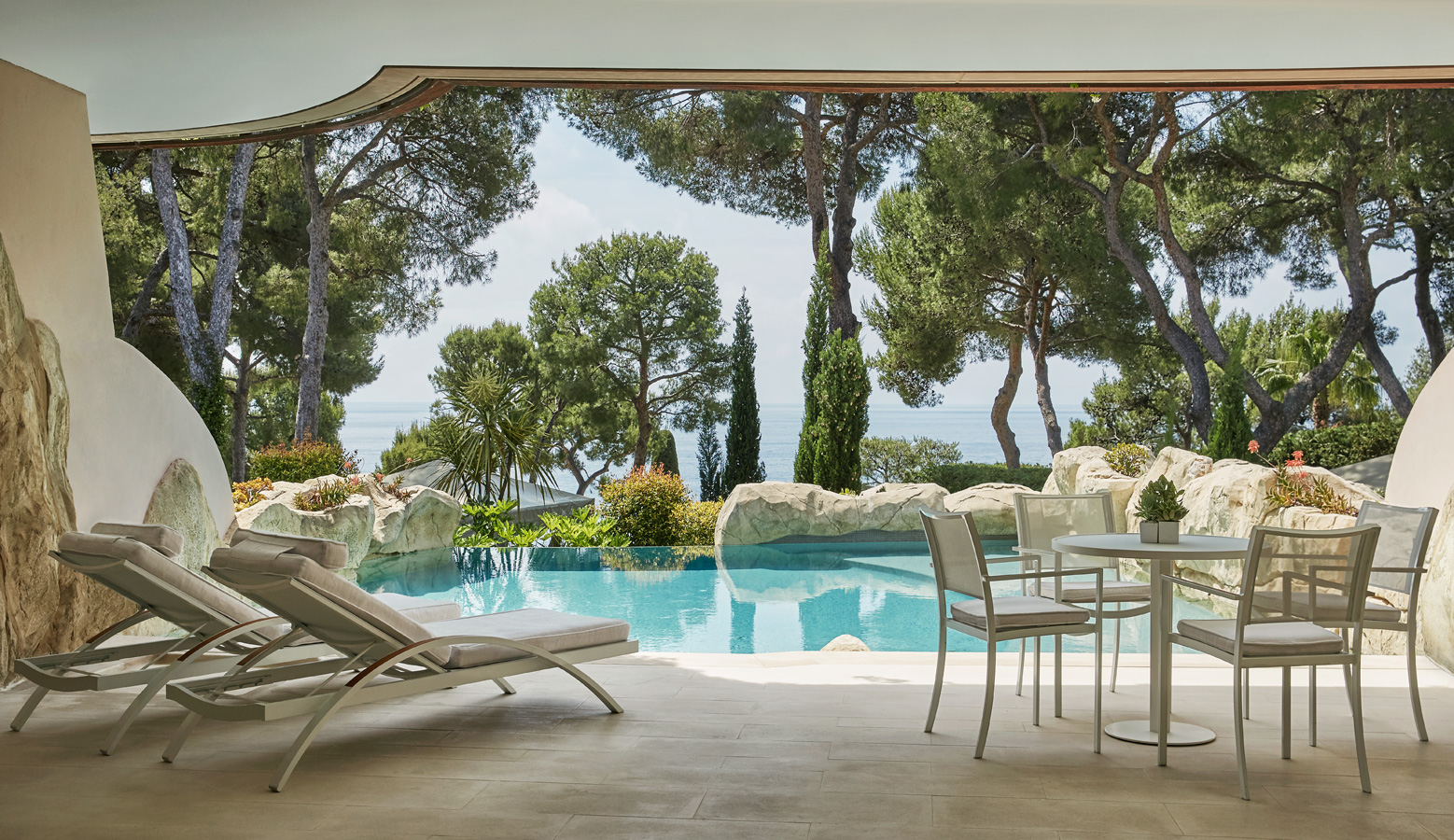








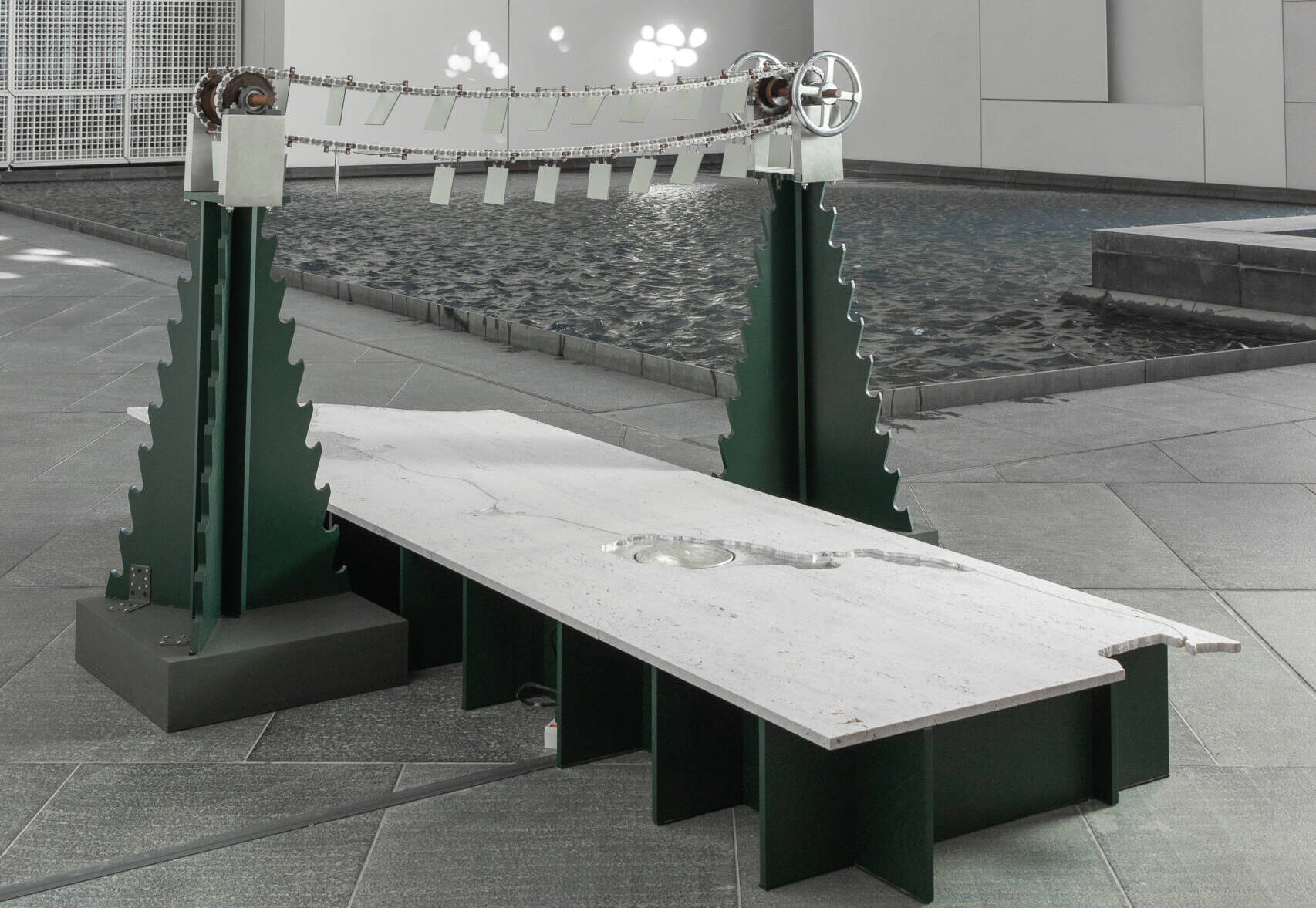
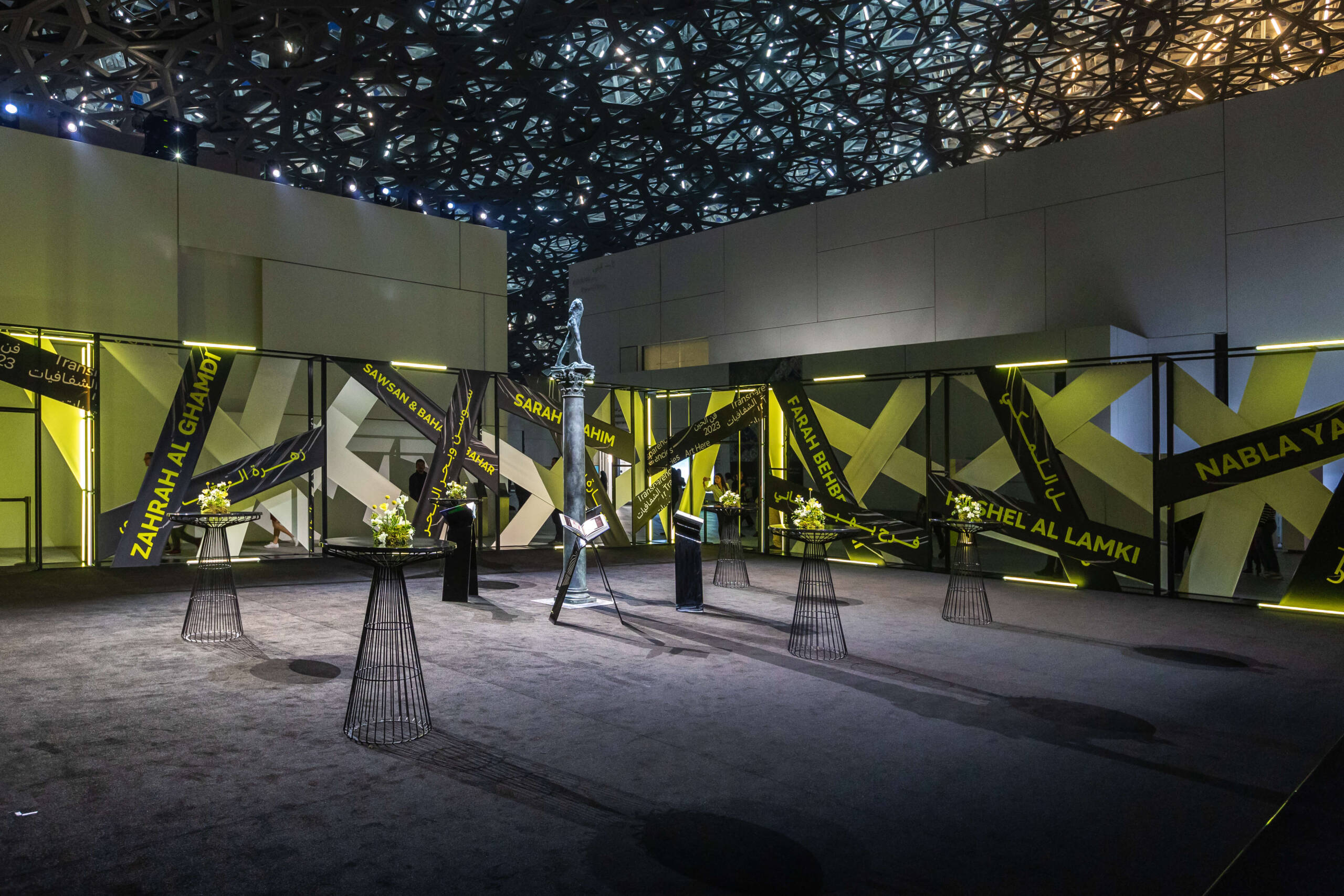
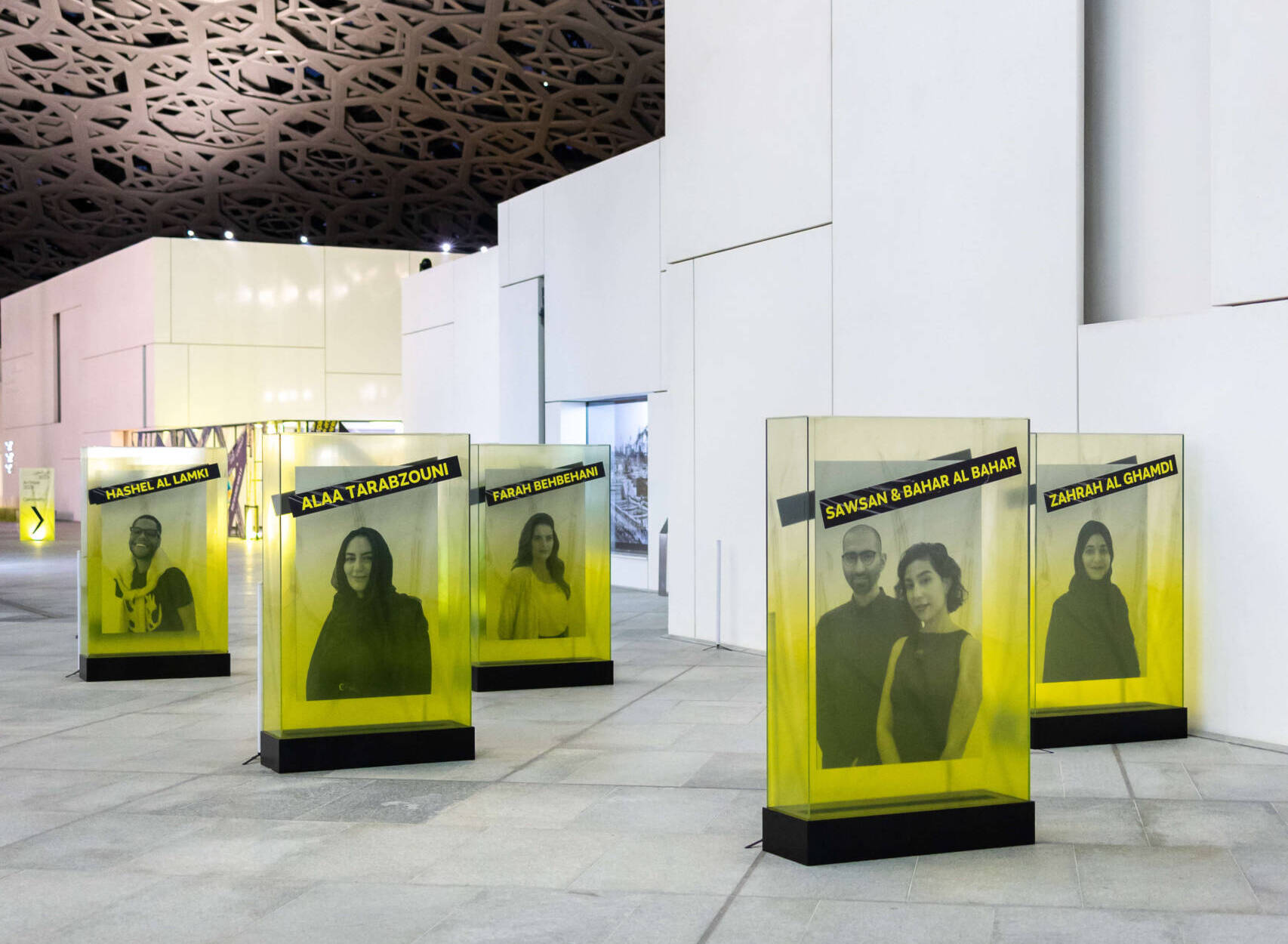



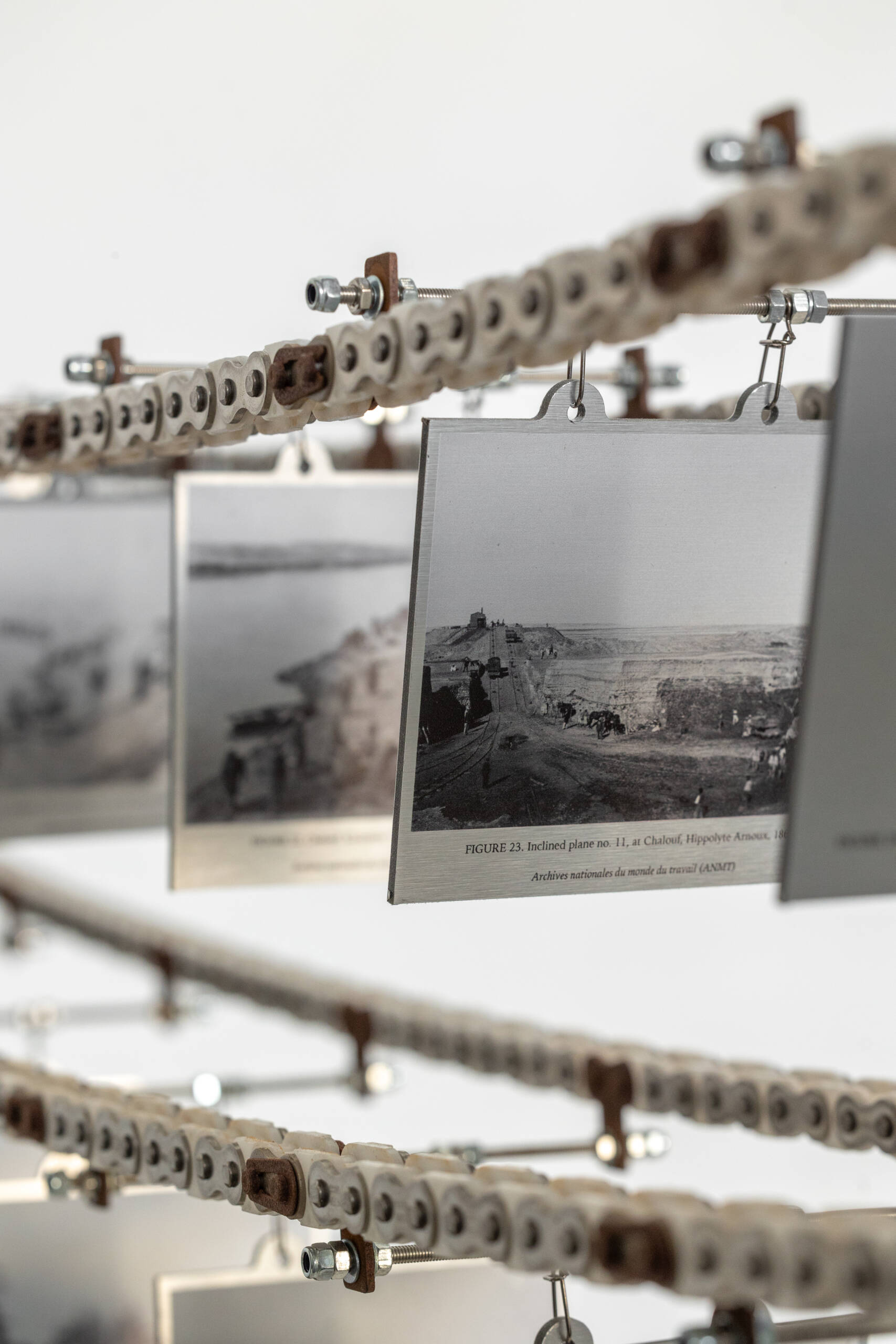
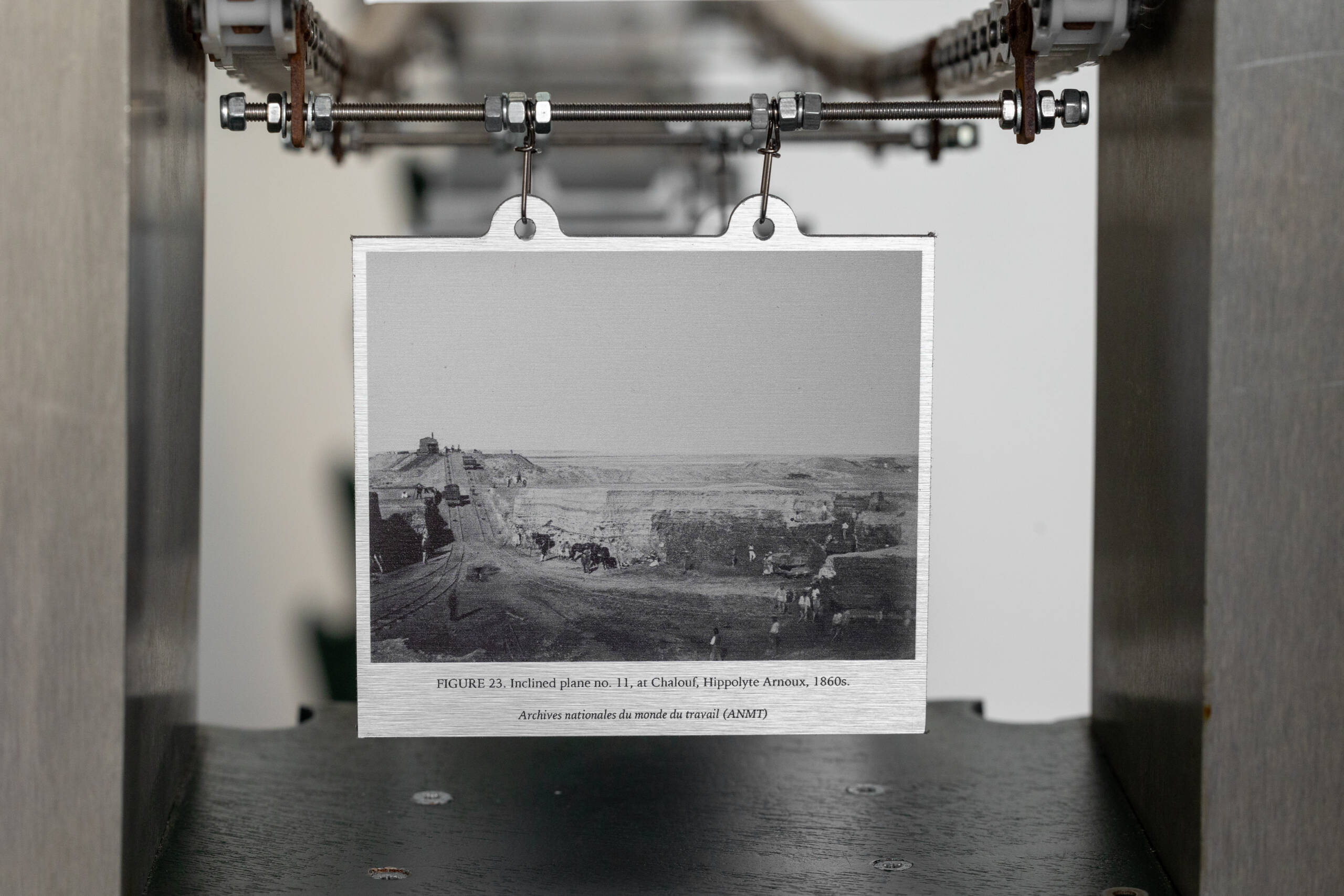


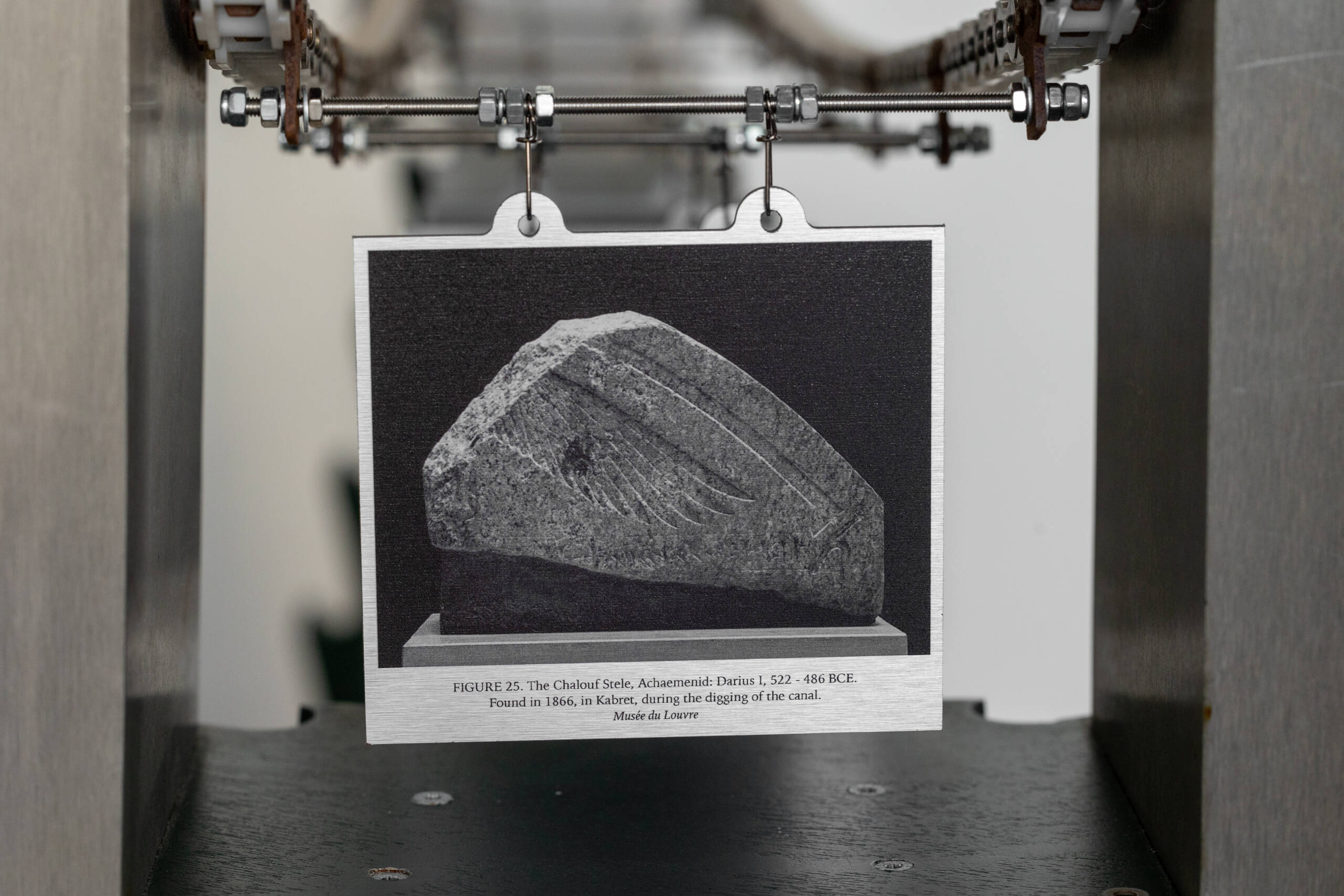


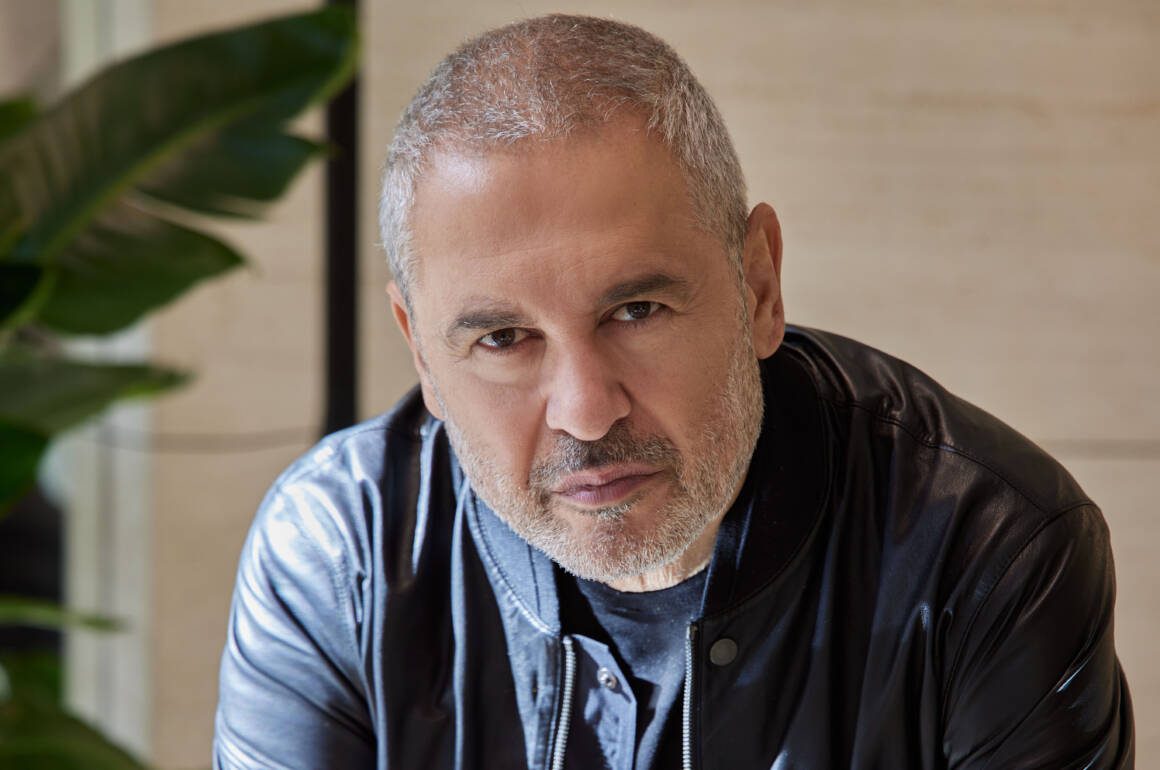







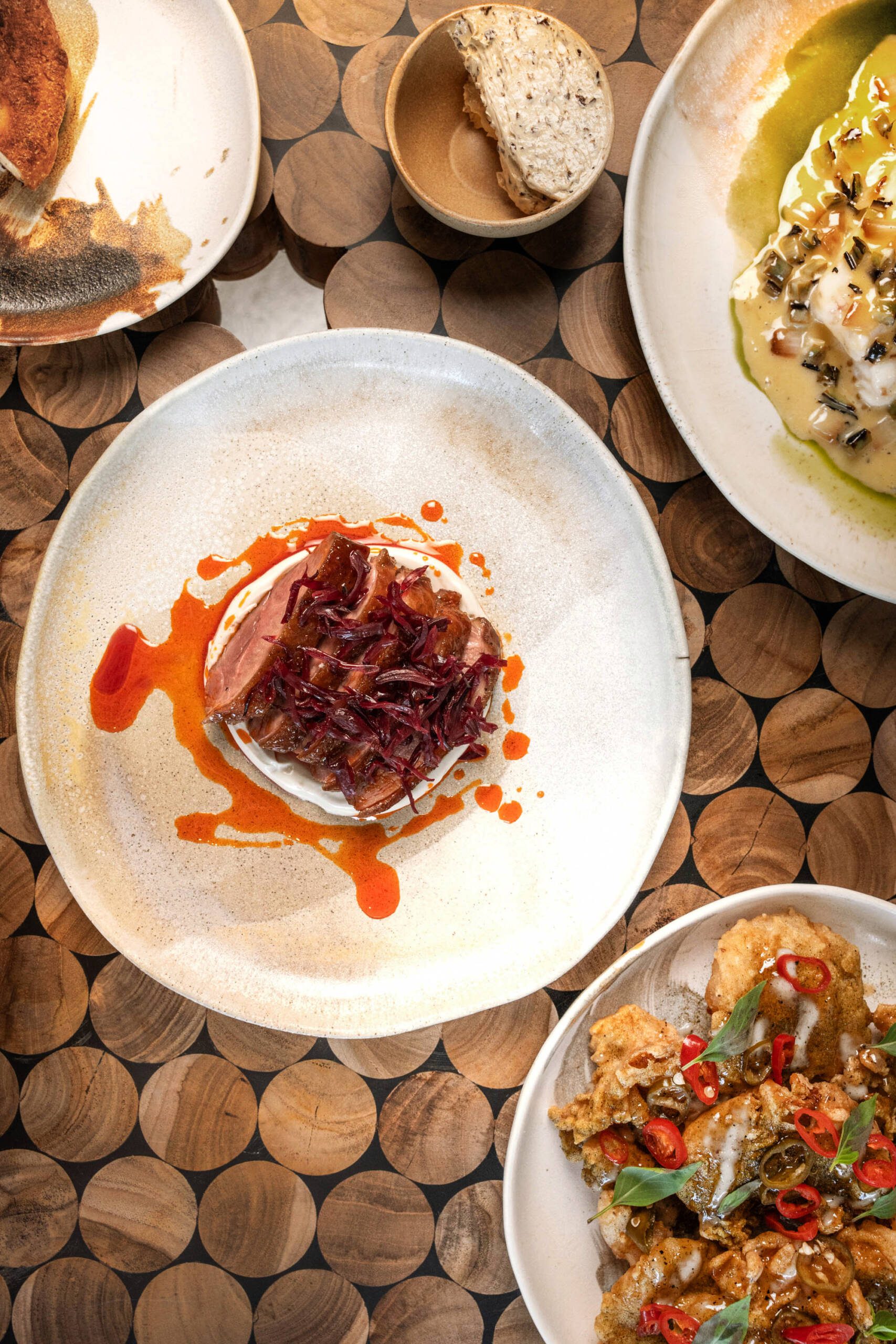


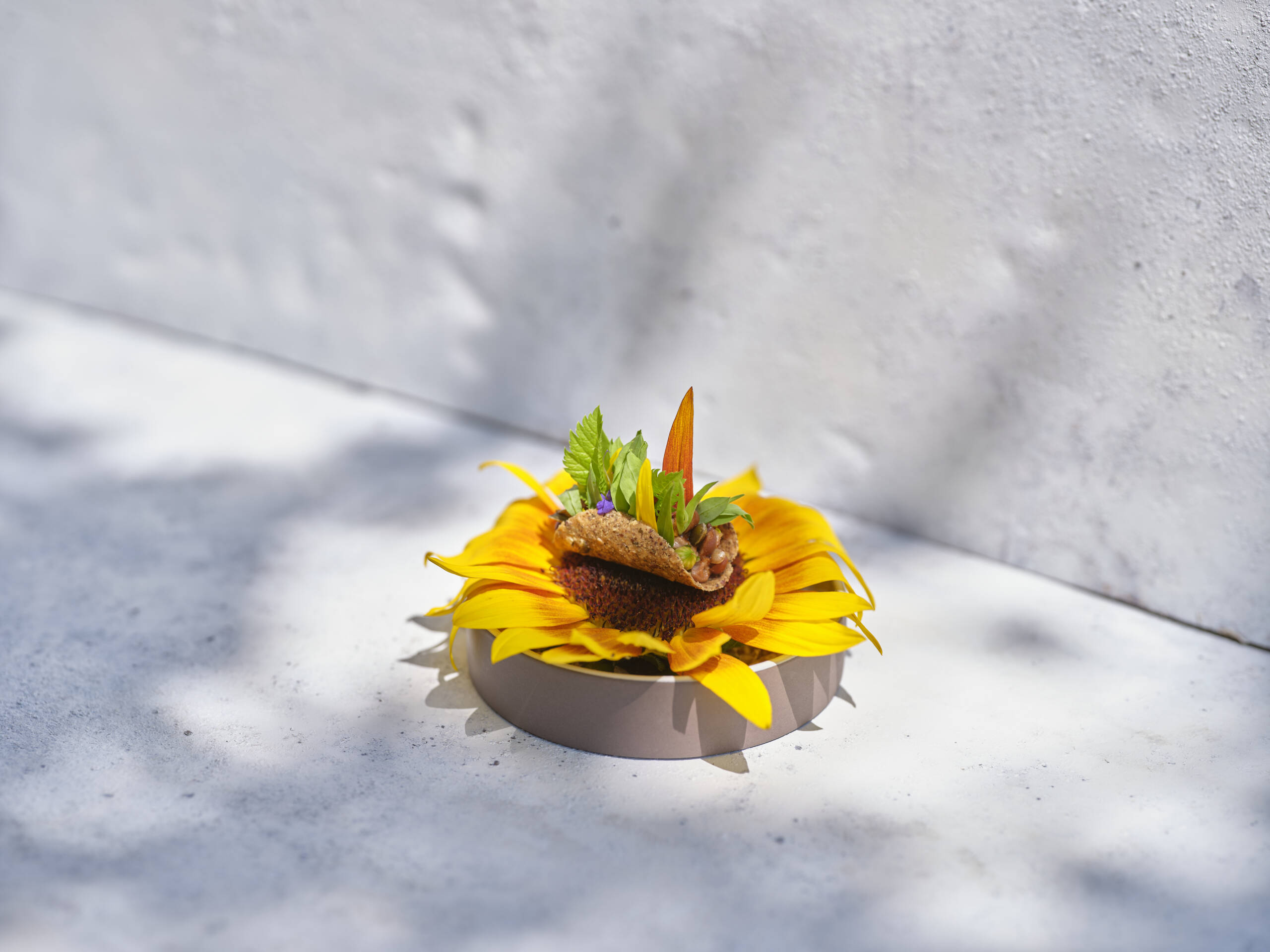


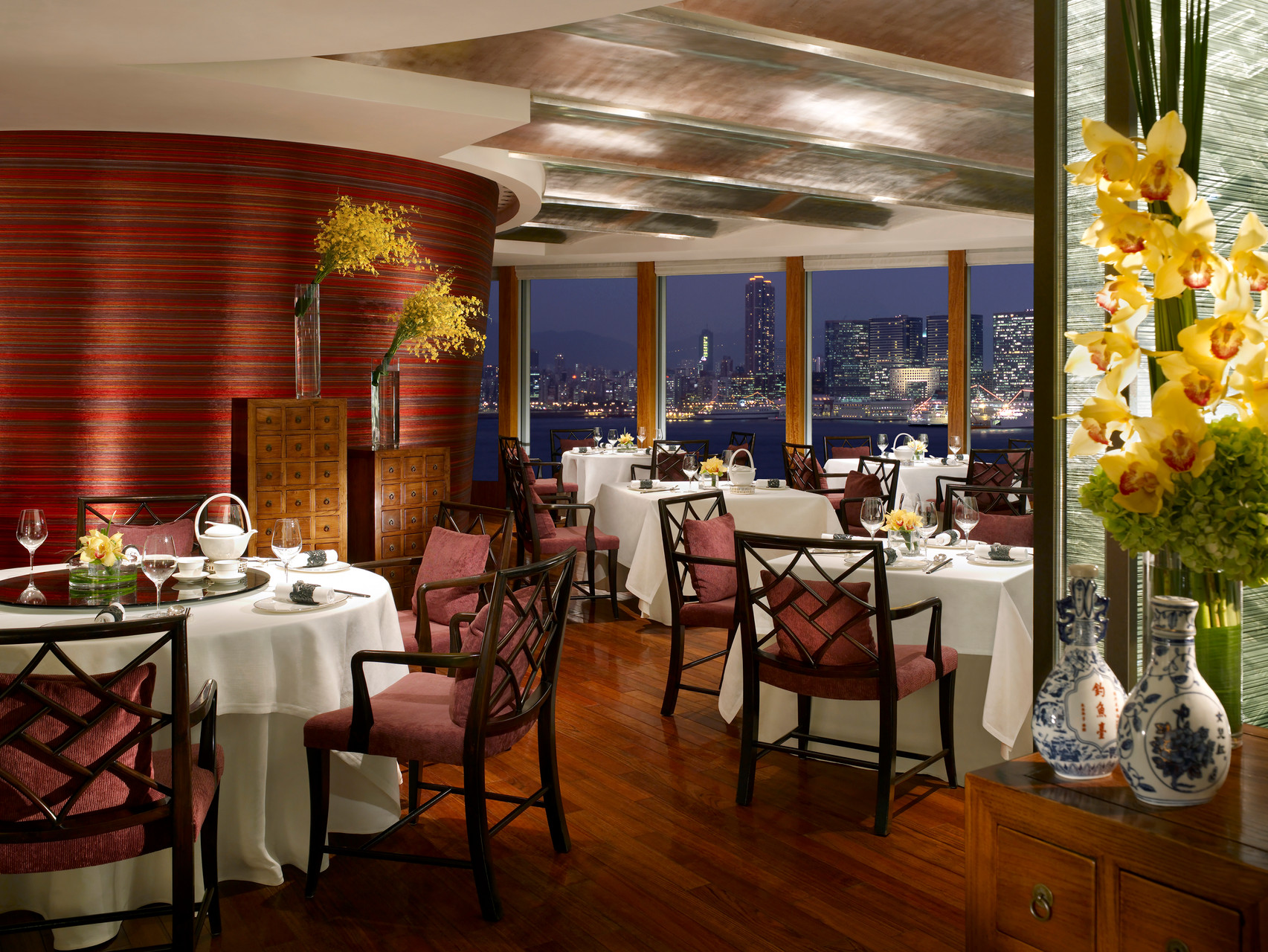




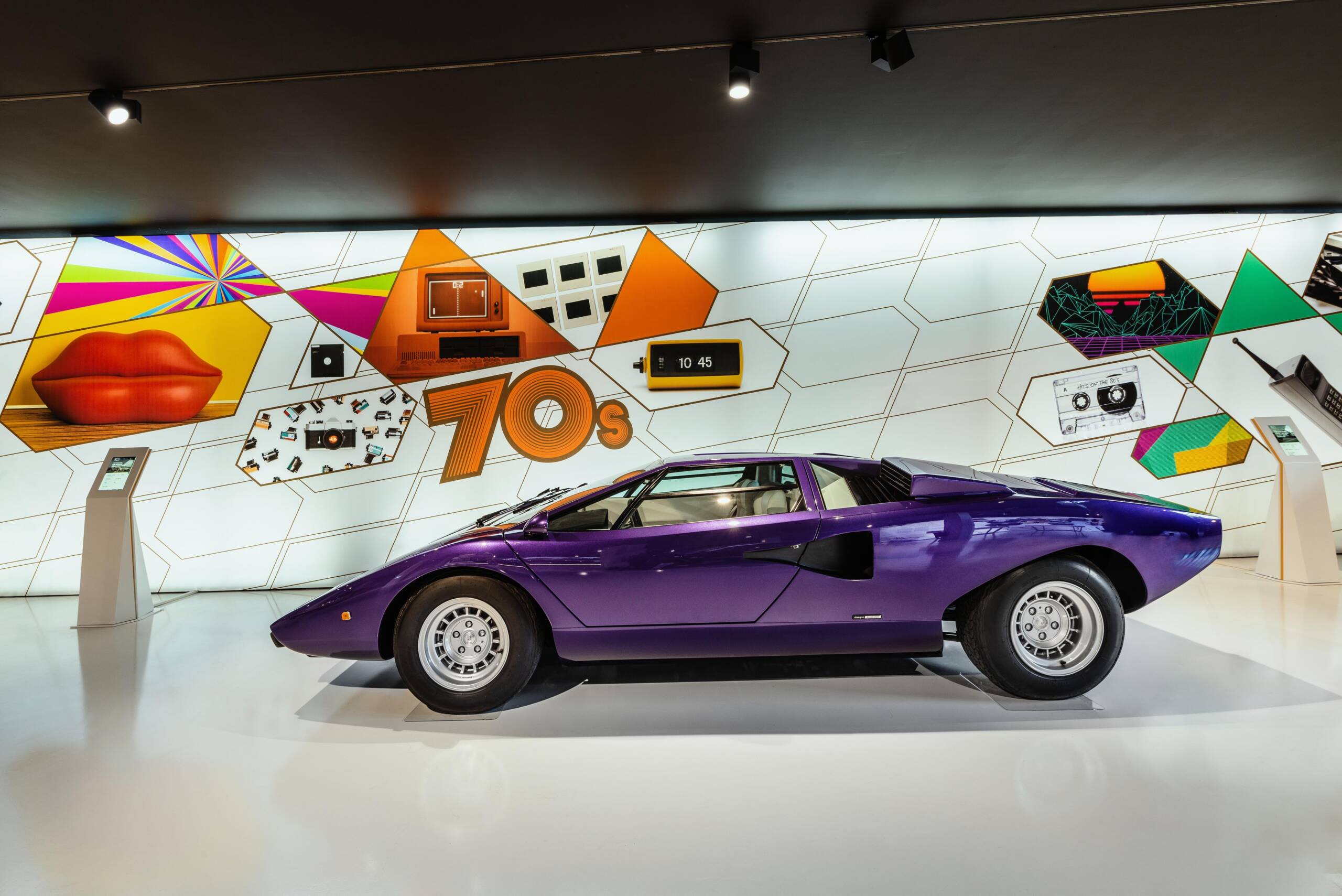
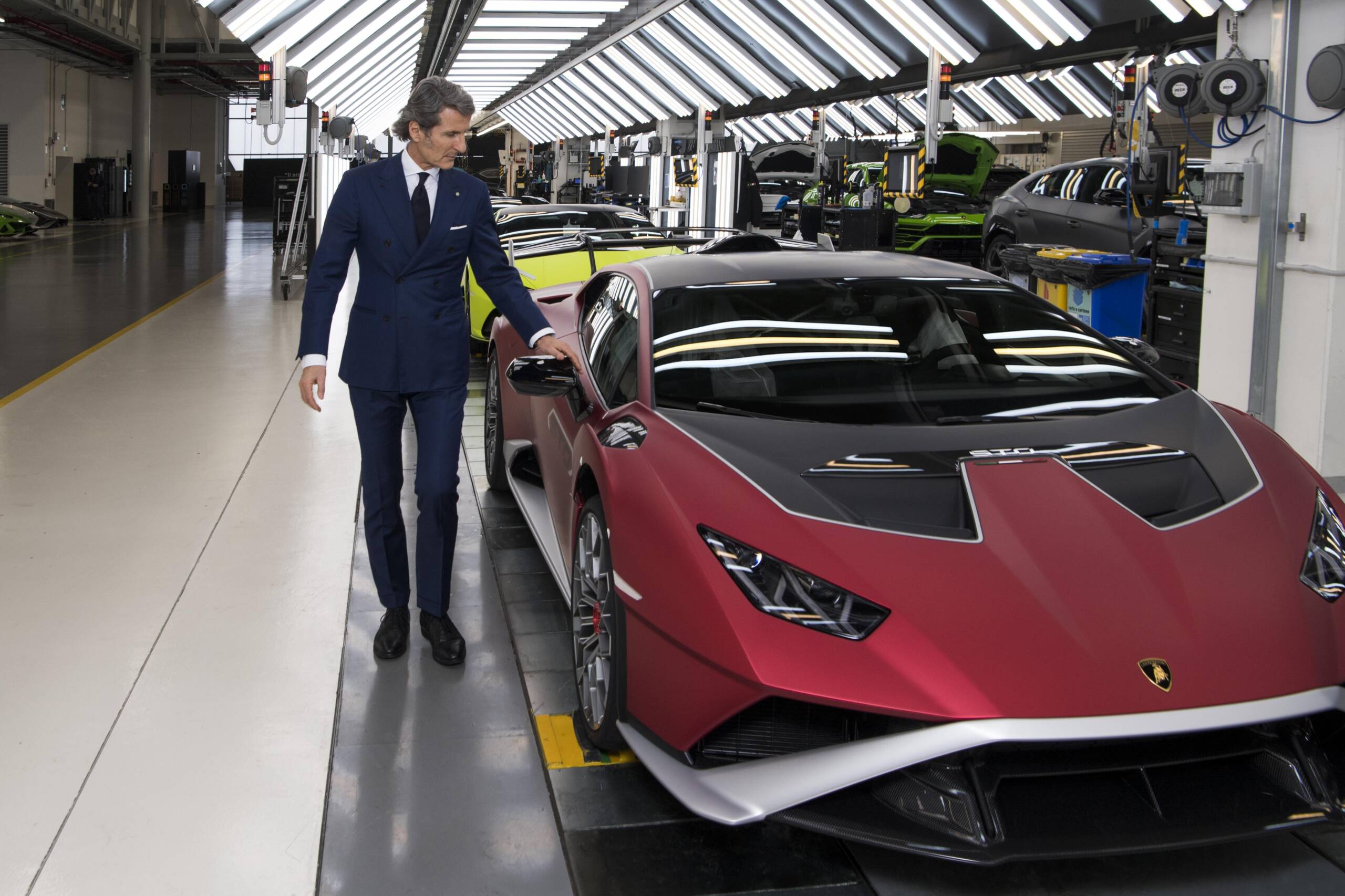
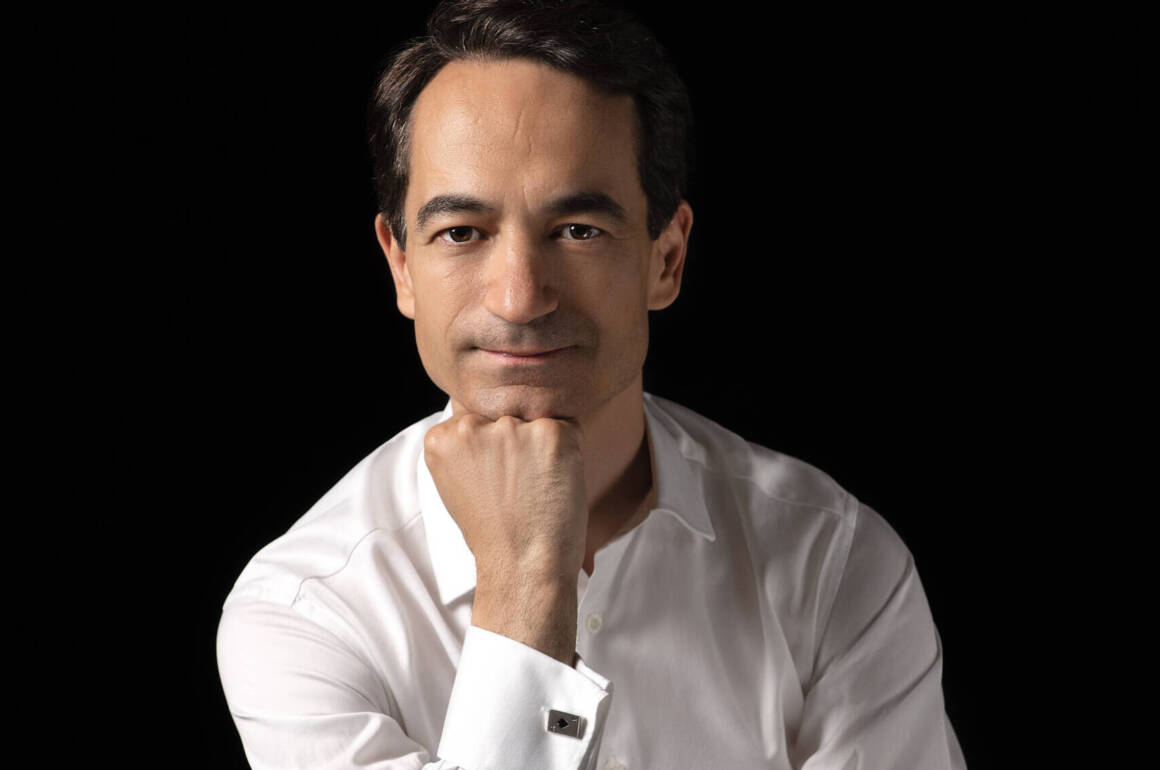





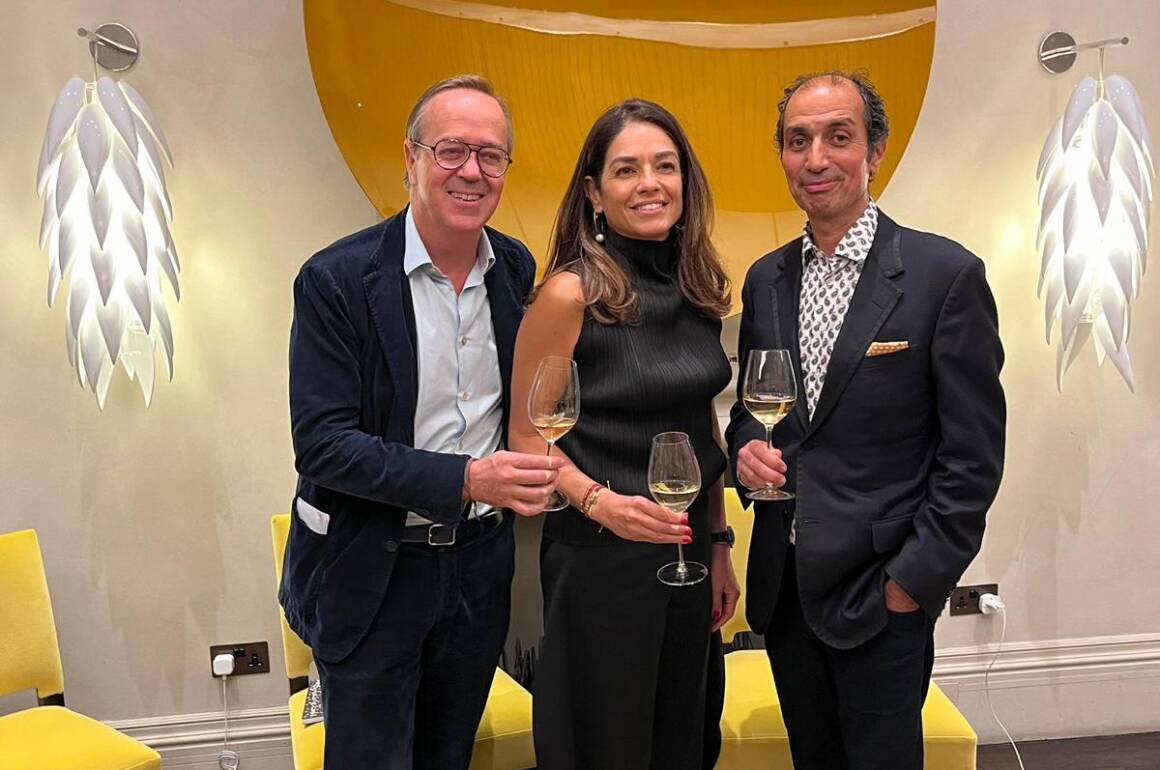
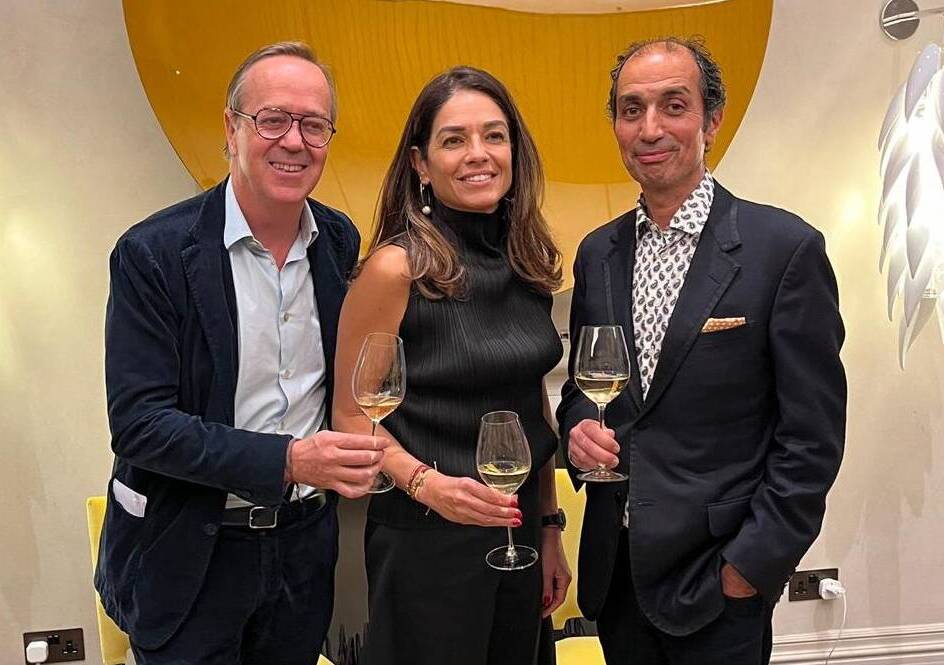






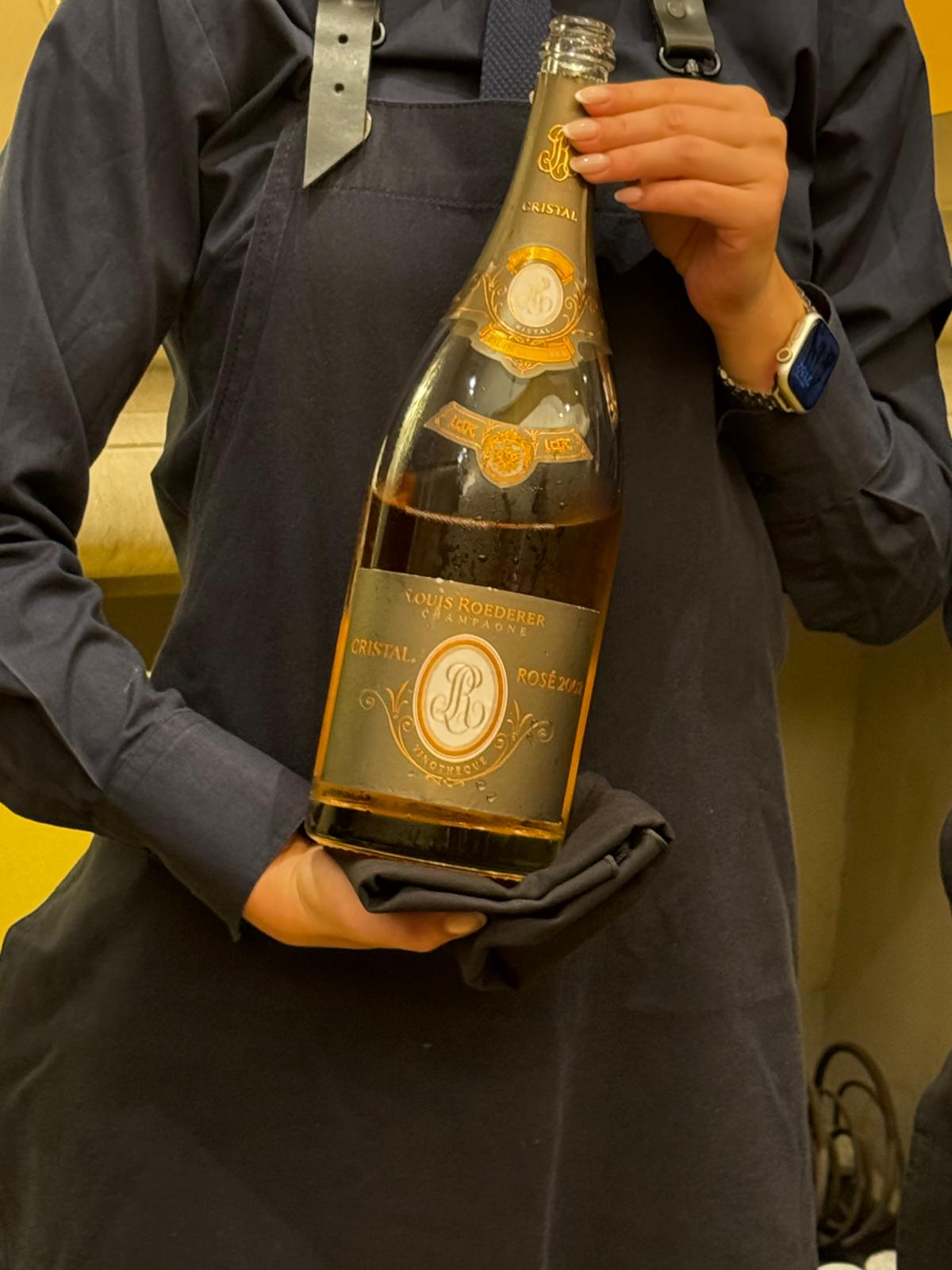


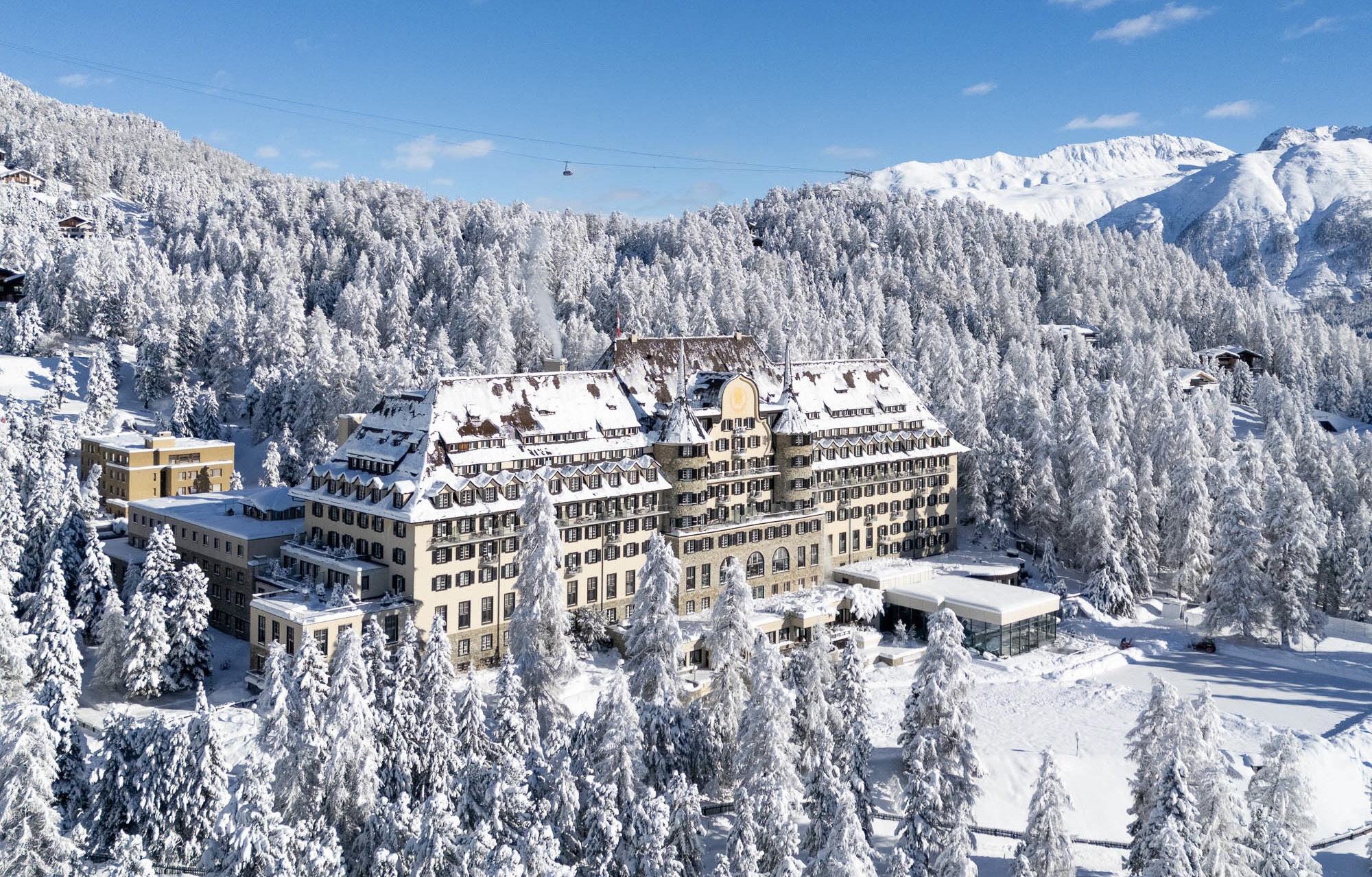


Recent Comments